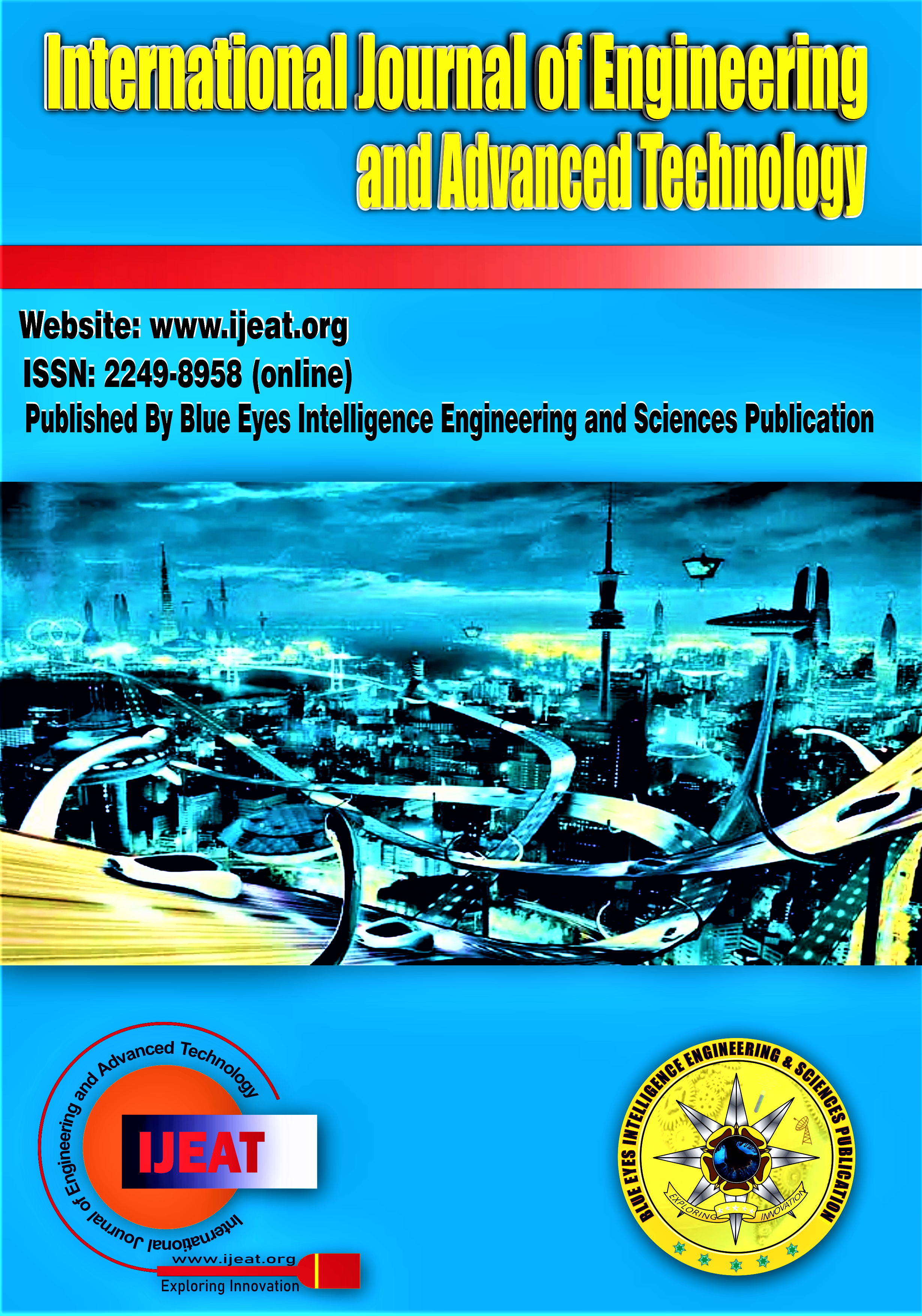Advanced Secure Communication: Exploring Quantum Key Distribution, the BB84 Method
Main Article Content
Abstract
One promising way to use quantum information to secure everyday communication is through the distribution of quantum keys. By exchanging a secret key, the Quantum Key Distribution (QKD) approach allows two parties to communicate securely.BB84 protocol is among the most well-known QKD protocols. In this protocol, qubits are exchanged via a quantum channel between the sender and the receiver. This enables them to produce a shared key that is impenetrable to eavesdroppers and illustrate the fundamental ideas of QKD using current simulations and implementations. The results of this study demonstrate that the BB84 protocol is a highly secure QKD technique that has been investigated in great detail and used in a variety of contexts. Additionally, over the enhancements made to the BB84 protocol such as the use of advanced error correction techniques and decoy states to increase its security and usability is discussed. With an emphasis on the BB84 protocol in secure communication technologies, this study offers an extensive analysis of QKD systems overall.
Downloads
Article Details
Section

This work is licensed under a Creative Commons Attribution-NonCommercial-NoDerivatives 4.0 International License.
How to Cite
References
Nielsen, Michael A. (210). Quantum computing and quantum information, Chuang, Isaac L. (10th anniversary ed.). Cambridge: Cambridge University Press. ISBN 978-1107002173. OCLC665137861.
Eli Biham, Michel Boyer, P. Oscar Boykin, Tal Mor, V. WaniRoychowdhury,” A Proof of the Security of Quantum Key Distribution,” Journal of Cryptology, 2006. https://doi.org/10.1007/s00145-005-0011-3
ShorP W, Preskill J, “Simple proof of security of the BB84 quantum key distribution protocol,” Physical Review, 2000. https://doi.org/10.1103/PhysRevLett.85.441
J. Watrous, “The theory of quantum information,”(Cambridge University Press, Cambridge, 2018). https://doi.org/10.1017/9781316848142
R. Horodecki, P. Horodecki, M. Horodecki, K. Horodecki, “Quantum entanglement, “ Rev. Mod, Phys. 81, 865 (2009). https://doi.org/10.1103/RevModPhys.81.865
W. K. Wootters, W. H. Zurek, “A single quantum cannot be cloned,” Nature, Vol. 299(5886), 802-803(1982). https://doi.org/10.1038/299802a0
Bennett CH, “Quantum cryptography using any two non orthogonal states,” Physical Review, 1992. https://doi.org/10.1103/PhysRevLett.68.3121
Rende Liu et al., “Analysis of polarization fluctuation in long-distance aerial fiber for QKD system design,” Optical Fiber Technology, 2019.
Xiaodong Zhong, Ge Jin, “Application of Hamming Code Based Erro Correction Algorithm in Quantum Key Distribution System”, IEEE 3rd International Conference on Electronics Technology, University of Birmingham, 2020.
Fangzhou Gao, “Practical Analysis of Discrete Variable Quantum Key Distribution”, IEEE 2nd International Conference on Circuits and Systems, Bournemouth University, 2020.
Xinyi Lin et al., “Quantum key distribution in partially-trusted QKD ring networks”, 3rd International Conference on Information Systems and Computer Aided Education (ICISCAE), Dalian, China, September 27-29, 2020.
Pankaj R Chandre et al., “Machine Learning-Enhanced Advancements in Quantum Cryptography: A Comprehensive Review and Future Prospects”, International Journal on Recent and Innovation Trends in Computing and Communication, Vol: 11, Issue: 11s, pp: 642-655, 2023. https://doi.org/10.17762/ijritcc.v11i11s.8300
Securing IOT Network through Quantum Key Distribution. (2019). In International Journal of Innovative Technology and Exploring Engineering (Vol. 8, Issue 6S4, pp. 693–696). https://doi.org/10.35940/ijitee.f1141.0486s419
Era of Quantum Computing- An Intelligent and Evaluation based on Quantum Computers. (2019). In International Journal of Recent Technology and Engineering (Vol. 8, Issue 3S, pp. 615–619). https://doi.org/10.35940/ijrte.c1123.1083s19
Kaushik, A., & Narwal, R. (2020). Integration of Quantum Computing with IoT. In International Journal of Engineering and Advanced Technology (Vol. 9, Issue 4, pp. 1307–1311). https://doi.org/10.35940/ijeat.d7931.049420
C.T, A., O.O, O., O.A, A., & Grace, A. M. (2023). Cryptographic Security Approach for Biometric Verification System. In Indian Journal of Cryptography and Network Security (Vol. 3, Issue 2, pp. 7–13). https://doi.org/10.54105/ijcns.c7854.113223
Soun, B., Saini, Dr. H. K., & Brar, Dr. K. K. (2023). Study on Properties of Sisal-Cotton Union Fabrics Developed in Handloom and Power-Loom for Textile Application. In Indian Journal of Fibre and Textile Engineering (Vol. 3, Issue 1, pp. 1–4). https://doi.org/10.54105/ijfte.a2405.053123





